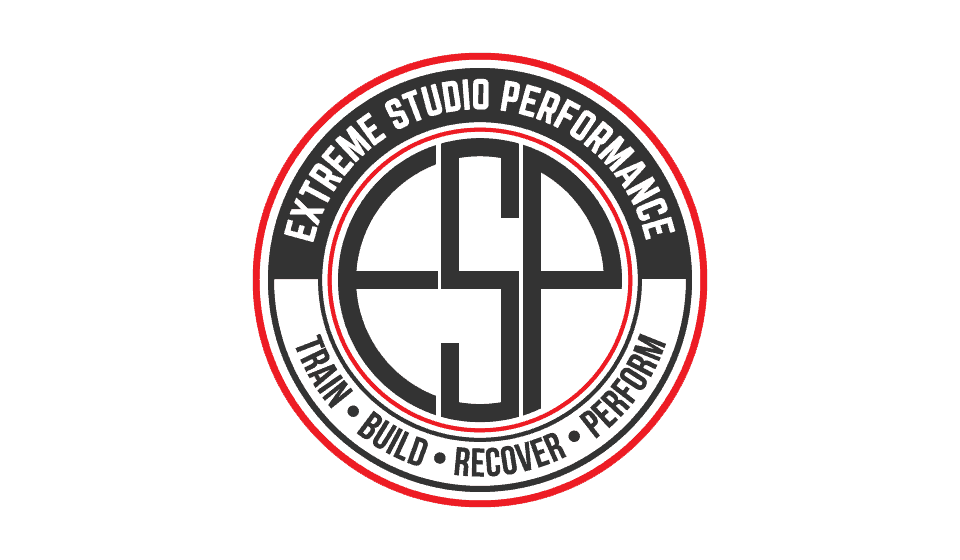
Even if you haven’t tried High-Intensity Interval Training (HITT) workouts yourself, you’ve probably heard of them. This type of exercise cycles through bursts of intense activity followed by short rest periods. An entire HIIT workout typically takes about 10 to 30 minutes.
HIIT has a variety of benefits. Shorter workouts make it easy to fit them into a busy schedule. It’s also a good way to incorporate cardio into your workouts. HIIT is also touted as a way to quickly burn calories, lose weight, and maybe even build muscle and reduce the risk of disease. But is HIIT a good option for everyone? And how can you tell if it’s a good option for you?
 Benefits of HIIT
Benefits of HIIT
People often say they don’t have time to exercise, but you can do a HIIT workout in just 10 to 30 minutes. That makes it a good way for busy people to get a high-intensity workout.
HIIT is also a good way to add cardio to your workouts. High-intensity work raises your heart rate and pushes your body to its limits. As you keep doing HIIT workouts, you’ll increase your stamina, burn calories, and improve your metabolism. Depending on the types of workouts you’re doing, you might also shed fat and build muscles.
Like other cardio exercises, HIIT can help improve heart health. There’s also evidence that it can improve blood pressure and blood sugar levels.
Potential Drawbacks to Consider
Not every exercise works equally well for everybody, and HIIT is no exception. Harvard Health cautions that people with heart disease and older adults should consult their doctors before trying HIIT training.
Everyone thinking about starting HIIT workouts needs to make sure they can do so safely. If you’re not used to working out, too much high-intensity work can lead to injuries and exhaustion. You’ll want to build up gradually and make sure you’re giving your body time to recover between HIIT sessions.
How To Start With HIIT
The high-intensity activity that you do for HIIT depends on your preferences. You can do HIIT by sprinting, cycling, jumping rope, rowing, stair climbing, or doing lunges. You can even incorporate strength training and use a kettlebell or dumbbells as part of your HIIT workout.
You’ll want to limit your HIIT workouts to 2 to 4 sessions per week. Alternating HIIT workouts with other types of workouts–such as weight training and low-impact exercises like pilates–to craft a balanced exercise program. A great way to get started with HIIT is to join a group fitness class or work with a personal trainer here at Extreme Studio Performance. We’ll work with you to craft an exercise routine that matches your individual needs. Contact us today to schedule a free tour and fitness evaluation!
